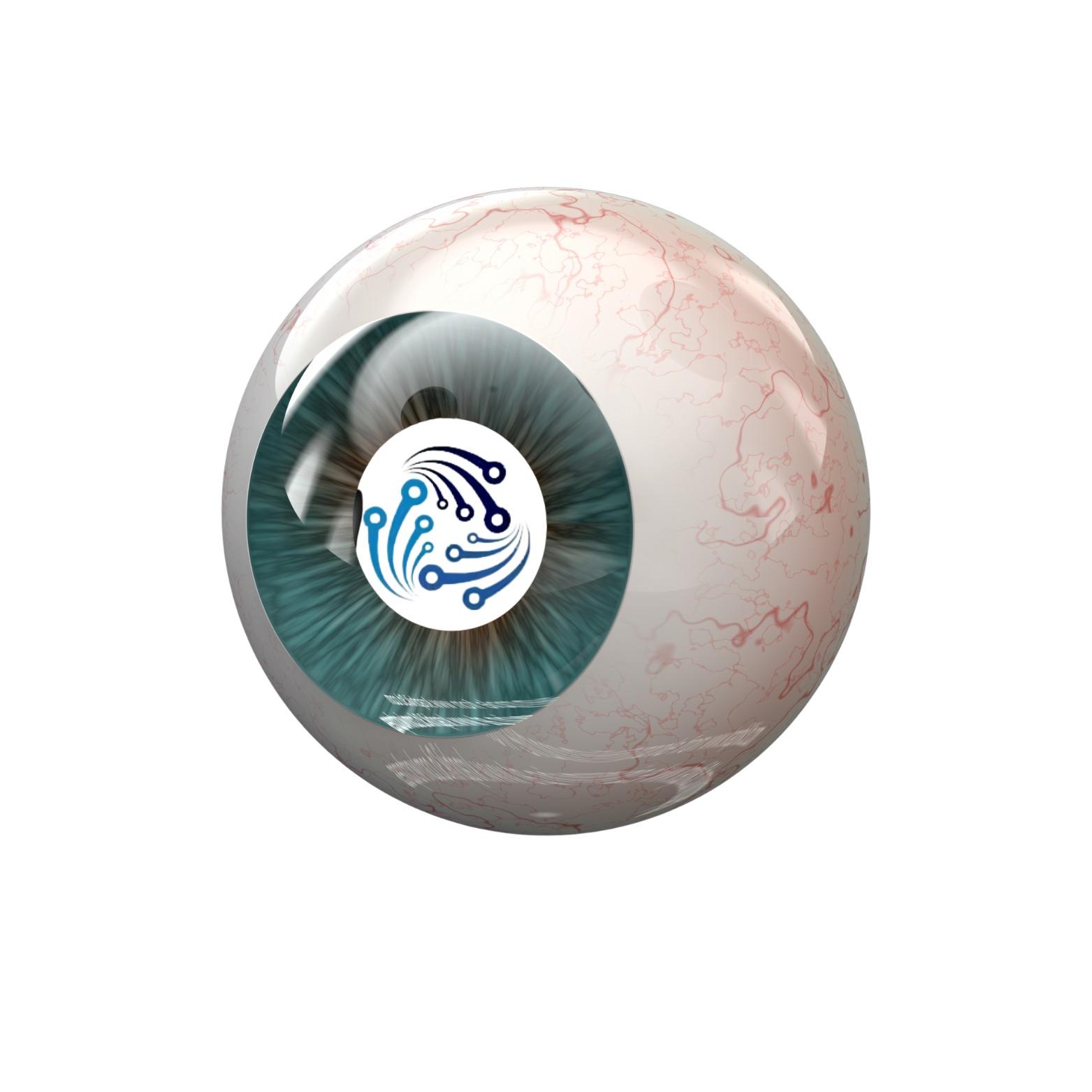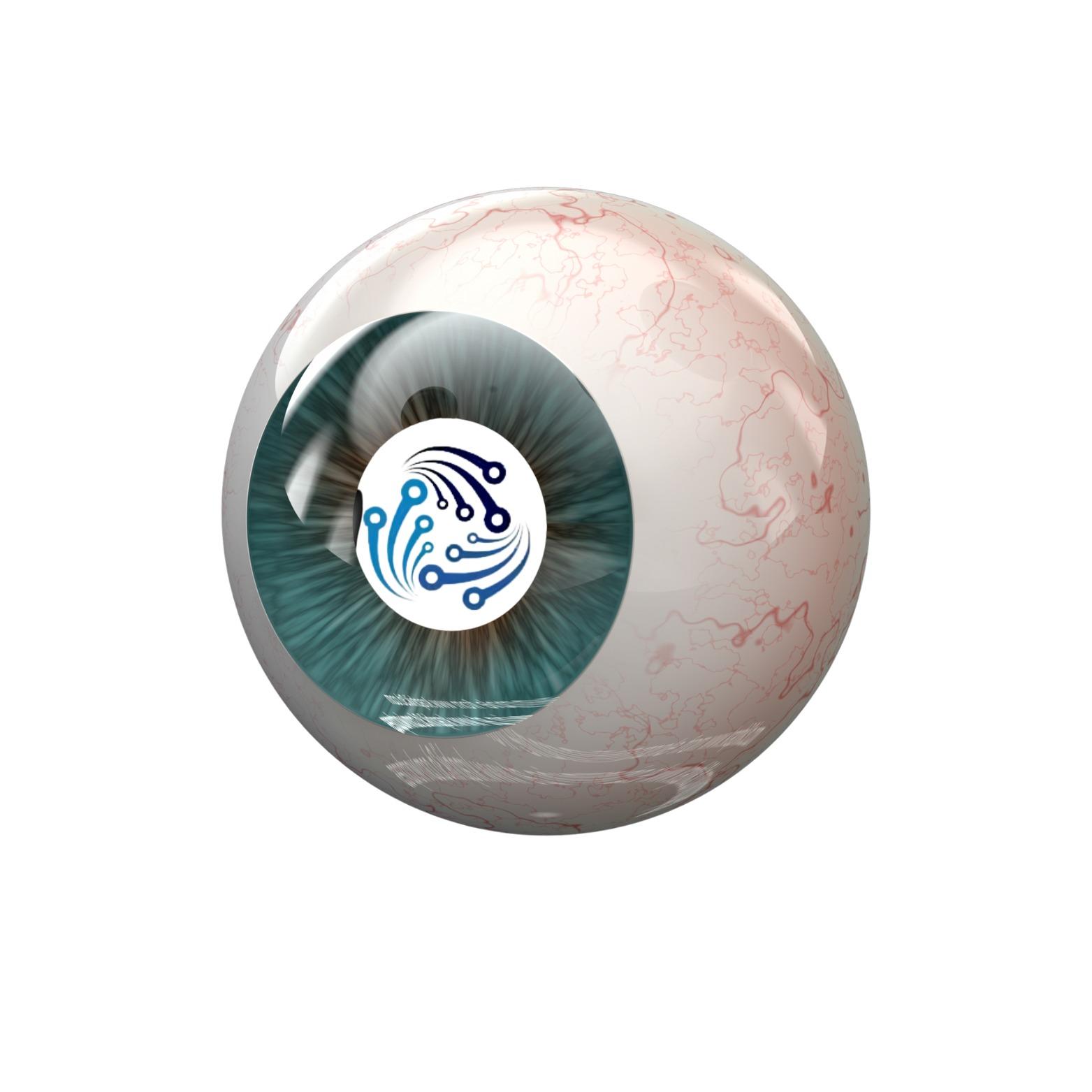Introduction to UI/UX Design
In today’s digital-first world, UI/UX design isn’t just a luxury—it’s a necessity. Whether you're launching an app or revamping a website, great design is what sets you apart.
What is UI Design?
UI stands for User Interface. It’s all about the look and feel—buttons, typography, colors, animations, and layouts. Think of it as the dressing on your digital cake.
What is UX Design?
UX means User Experience. It focuses on how users interact with your platform, aiming to make every step smooth, logical, and frustration-free.
How They Work Together
UI is the paintbrush, UX is the canvas. One without the other leads to disaster. Together, they craft digital experiences people love using.
Why UI/UX Design Matters
The Role in User Retention
Ever ditched an app because it was too clunky? That’s poor UX at play. Clean, intuitive design keeps users engaged and coming back.
First Impressions Are Everything
You have seconds to impress. A sleek UI makes users feel at home instantly, creating trust and curiosity.
Impact on Conversion Rates
Great design isn’t just pretty—it’s profitable. A smooth checkout or onboarding process can skyrocket your conversions.
Core Components of UI/UX Design
User Research
Before designing, you must know your audience.
Who are they? What do they need? Where do they struggle? These questions guide your entire design approach.
Wireframing and Prototyping
Wireframes are like blueprints, while prototypes simulate the user journey. These tools help spot issues early.
Visual Design
This is where branding shines—icons, colors, typography, and imagery all come together to represent your brand’s personality.
Interaction Design
It's all about user flow. How easily can someone navigate your site or app? If they hesitate, your design needs work.
The UI/UX Design Process
Discovery Phase
Understand the goals, target users, and business needs. This is your foundation.
Ideation and Planning
Brainstorm ideas, map user journeys, and sketch out possible solutions.
Design and Testing
Create designs, test them with real users, and collect feedback.
Iteration and Launch
Revise, polish, and then—go live! But the process doesn’t end there.
UI/UX Design Tools and Technologies
Popular Design Tools
· Figma
· Sketch
· Adobe XD
· InVision
These tools are standard for wireframing, prototyping, and collaboration.
Collaborative Platforms
Tools like Notion, Slack, and Trello help teams stay on the same page throughout the design journey.
Mobile vs. Web UI/UX Design
Key Differences
Mobile design focuses on touch and gestures; web design leans more on clicks and hover actions. Priorities shift with the platform.
Responsive and Adaptive Design
Your design should flex to fit screens of all sizes, ensuring users get the best experience no matter the device.
Custom UI/UX Design Services
Tailored Experiences for Brands
Templates are okay for starters, but custom design creates a distinct identity that builds brand recognition.
Industry-Specific Design Solutions
Fintech? Healthcare? E-commerce? Each industry has unique UX expectations. Custom services cater to those needs precisely.
Benefits of Investing in Professional UI/UX Services
Enhanced Brand Credibility
Professional design signals that you care about quality. It earns user trust instantly.
Improved ROI
Better design = better engagement = better returns. It’s that simple.
Competitive Advantage
Your competitors are investing in UX. If you’re not, you’re falling behind.
Common UI/UX Mistakes to Avoid
Ignoring Mobile Users
More than half of users are on mobile. A poor mobile experience is a deal-breaker.
Overcomplicating the Interface
Less is more. Cluttered design overwhelms users and kills conversions.
Skipping Usability Testing
What looks good to you might confuse your users. Always test before launch.
Trends in UI/UX Design
Microinteractions
Subtle animations that enhance the experience—like a button changing color when clicked—add polish and delight.
Dark Mode Design
Not just trendy—dark mode reduces eye strain and saves battery life.
Voice UI and Accessibility
Designing for voice commands and screen readers isn’t just smart, it’s inclusive.
Measuring UI/UX Success
Key Metrics to Track
· Bounce Rate
· Time on Page
· Conversion Rate
· Task Success Rate
· Net Promoter Score (NPS)
User Feedback and Analytics
Ask users what they think. Combine that with hard data to improve constantly.
Choosing the Right UI/UX Design Partner
What to Look For
· Proven portfolio
· Industry experience
· Clear process
· Collaborative communication
Questions to Ask Before Hiring
· How do you handle feedback?
· Do you offer post-launch support?
· What’s your testing process?
Case Studies: Brands That Nailed UI/UX
· Spotify: Personalized playlists, intuitive design
· Airbnb: Seamless booking flow
· Duolingo: Gamified learning experience
These brands understood the power of good design—and it shows.
UI/UX for Startups vs. Enterprises
Lean Design for Startups
Startups need MVPs—fast, functional, and focused. Design here is about doing more with less.
Scalable Design for Enterprises
Enterprises need systems that scale. Think design systems, component libraries, and cross-team collaboration.
Conclusion
UI/UX design is more than making things look pretty—it’s about creating digital experiences that work beautifully. When done right, it boosts engagement, builds trust, and drives growth. Whether you're a startup looking to launch or a corporation aiming to scale, investing in UI/UX design services is a smart move you won’t regret.



